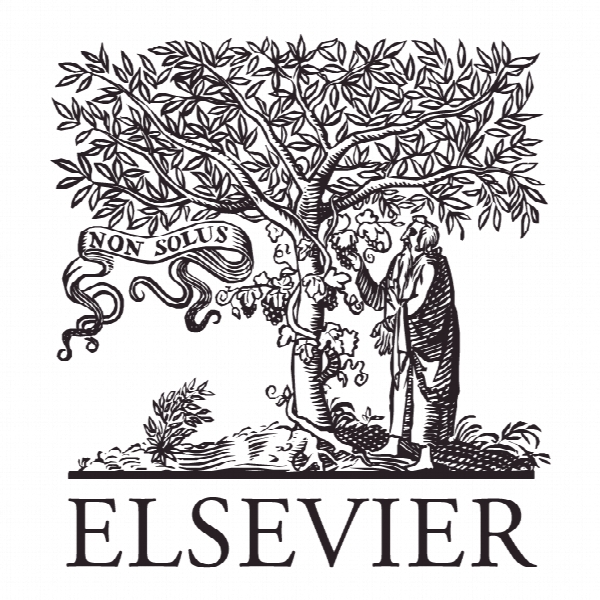بررسی کارایی دانشگاه های مکزیک: یکپارچه سازی تحلیل داده ها و مقیاس چند بعدی Exploring the efficiency of Mexican universities: Integrating Data Envelopment Analysis and Multidimensional Scaling
- نوع فایل : کتاب
- زبان : انگلیسی
- ناشر : Elsevier
- چاپ و سال / کشور: 2017
توضیحات
رشته های مرتبط مدیریت و اقتصاد
مجله امگا – Omega
دانشگاه بخش اقتصاد، Girona، اسپانیا
نشریه نشریه الزویر
مجله امگا – Omega
دانشگاه بخش اقتصاد، Girona، اسپانیا
نشریه نشریه الزویر
Description
1. Introduction Mexico is the largest Spanish speaking country in the world, with a population of 112 million inhabitants according to the 2010 population census. It expects the demand for university education to increase in the future. There are two reasons for this. First, the number of individuals aged between 15 and 25 years old will increase under present trends [5]. Second, Mexico has been industrialising and this brings an increased interest in university education, something that is expected to result in a higher age participation rate, the proportion of individuals who attend university [11]. he Mexican government, aware of these trends, set up an “Educational Modernisation Programme” starting in 1989 [21,28]. As a result of this programme, public expenditure in Higher Education increased from 0.42% of GDP in 1990 and 1% of GDP in 2010 (OECD, 2013, Education at a Glance, table B2.3, p. 193). The modernisation plan included: financial incentives for degree quality enhancement; national planning of university places in an attempt to match supply to the needs of the country; the creation of a system of academic quality control; a “National Researchers’ System” that was to provide research incentives to individuals and institutions; and the splitting of the Higher Education (HE) budget into an ordinary component with which to pay recurrent expenditure, and an extraordinary component distributed on a competitive basis [21]. The extraordinary component, which amounts to about 30% of the budget, has been aimed at improving the quality of university staff; improving university infrastructure, both in terms of lecturing and administration; widening internationalisation; purchasing better equipment; and improving the quality of undergraduate and postgraduate programmes (ANUIES 2004). The Mexican university system is made up of a variety of institutions: there are universities financed by the central federal government, universities financed by local state governments, and private universities. In this study we analyse a sample of 55 Mexican universities over a six-year period (2007–2012): 6 federal universities, 34 local state universities, and 15 private universities.


